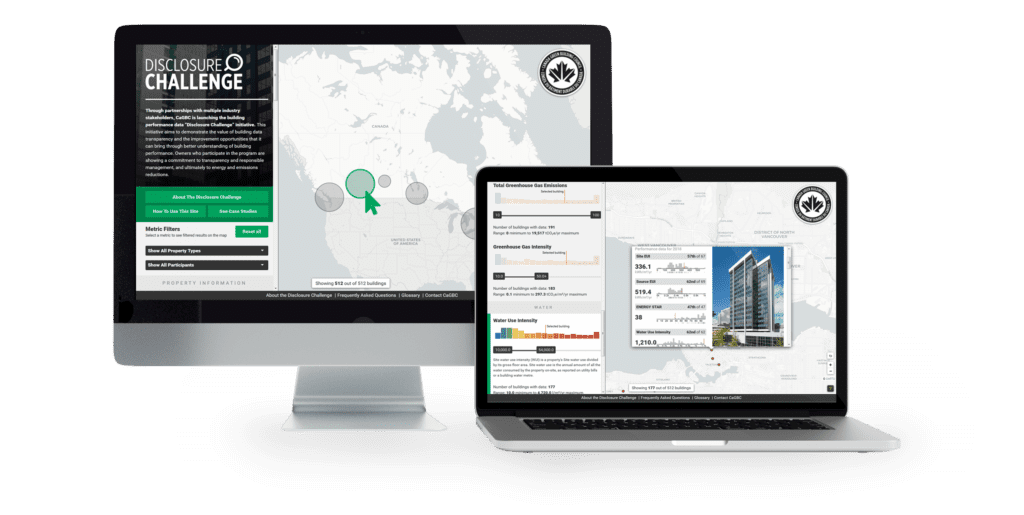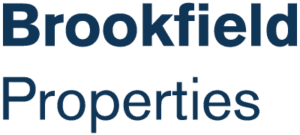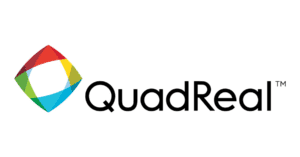Championing building data transparency
CAGBC’s Disclosure Challenge champions the importance of data transparency in the Canadian real estate market to encourage benchmarking and transparency adoption. Through the challenge, we’ve shown how collecting and sharing reliable building performance data can help reduce emissions, improve energy efficiency, and uncover cost savings for building owners.

Building data made public
The Disclosure Challenge’s inaugural participants, Colliers, Concert Properties Ltd., QuadReal Property Group, Minto Group, and Triovest, volunteered to share their portfolio-wide energy, water and carbon data through the Energy Star Portfolio Manager™ platform. They were joined in 2020 by Brookfield Properties, Golden Properties, KingSett Capital, SHAPE Properties, and by The City of Ottawa, Hudson Pacific Properties and LaSalle Investment Management in 2021, representing a combined $110 billion in managed real estate assets.
These organizations’ willingness to be fully transparent demonstrates their commitment to responsible asset management and to energy and greenhouse gas emissions reductions.
Increasingly, tenants, investors and the public are looking for information on building owners’ sustainability commitments. In many European countries and some U.S. states and cities, tracking and disclosing a building’s performance is standard practice. However, energy and emissions benchmarking and disclosure is in its infancy in Canada, despite the 2018 Reports from the House of Commons and Senate recommending that benchmarking and data disclosure activities be regulated nationally. Today, only Ontario requires water and energy reporting for larger buildings. Other jurisdictions including cities like Edmonton, Ottawa, Winnipeg and Montréal, as well as the Province of Nova Scotia are exploring voluntary approaches.
Disclosure Challenge participants show the value of data transparency and have uncovered ways to streamline building performance data reporting and requirements at municipal and provincial levels. Through their commitment to the Challenge, they have proven that building disclosure can work in any jurisdiction.
Participants
Support for government action
The first Disclosure Challenge report showed less than half (46%) of the buildings in the Challenge had complete data available, with gaps largely in the retail and industrial sectors. Data from 2020 indicated this situation had improved, with 56% of the buildings included providing complete performance data. Retail and industrial buildings continue to grapple with obtaining full data – often because utilities are paid by tenants, they are part of a campus-style energy distribution system, or data connections between the utility providers and data management systems aren’t available.
As part of the Challenge, CAGBC and the participants shared key lessons and called on governments to help to mandate access to building data to increase building energy efficiency.
We continue to call for the federal government to drive data disclosure in our recent pre-budget submission.
Data, ESG and net-zero carbon targets
Environmental, social and governance (ESG) objectives are becoming more prevalent for commercial real estate companies. Access to reliable, full-building data access will make it easier for these organizations to measure themselves against these goals and any stated net-zero carbon targets. Providing access to standardized building data including (but not limited) to water and energy consumption, waste, and GHG emissions will streamline the process and make reporting more transparent.
Further, increased data availability and transparency will help the building sector identify buildings needing zero-carbon retrofits. With data, owners can make more informed choices about where to invest their retrofit dollars. The resulting boom in deep carbon retrofit activity will foster innovation, create jobs, and leave future generations with buildings that are better for both people and the planet.
See building data at work
Challenge participants’ building data is publicly available in the CAGBC Disclosure Challenge data visualization tool. The Standard Energy Efficiency Data Platform™ (SEED Platform) provides an interactive map connected to energy-use tracking data sources.















